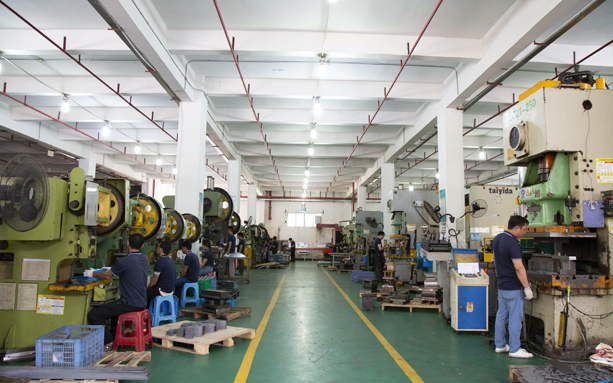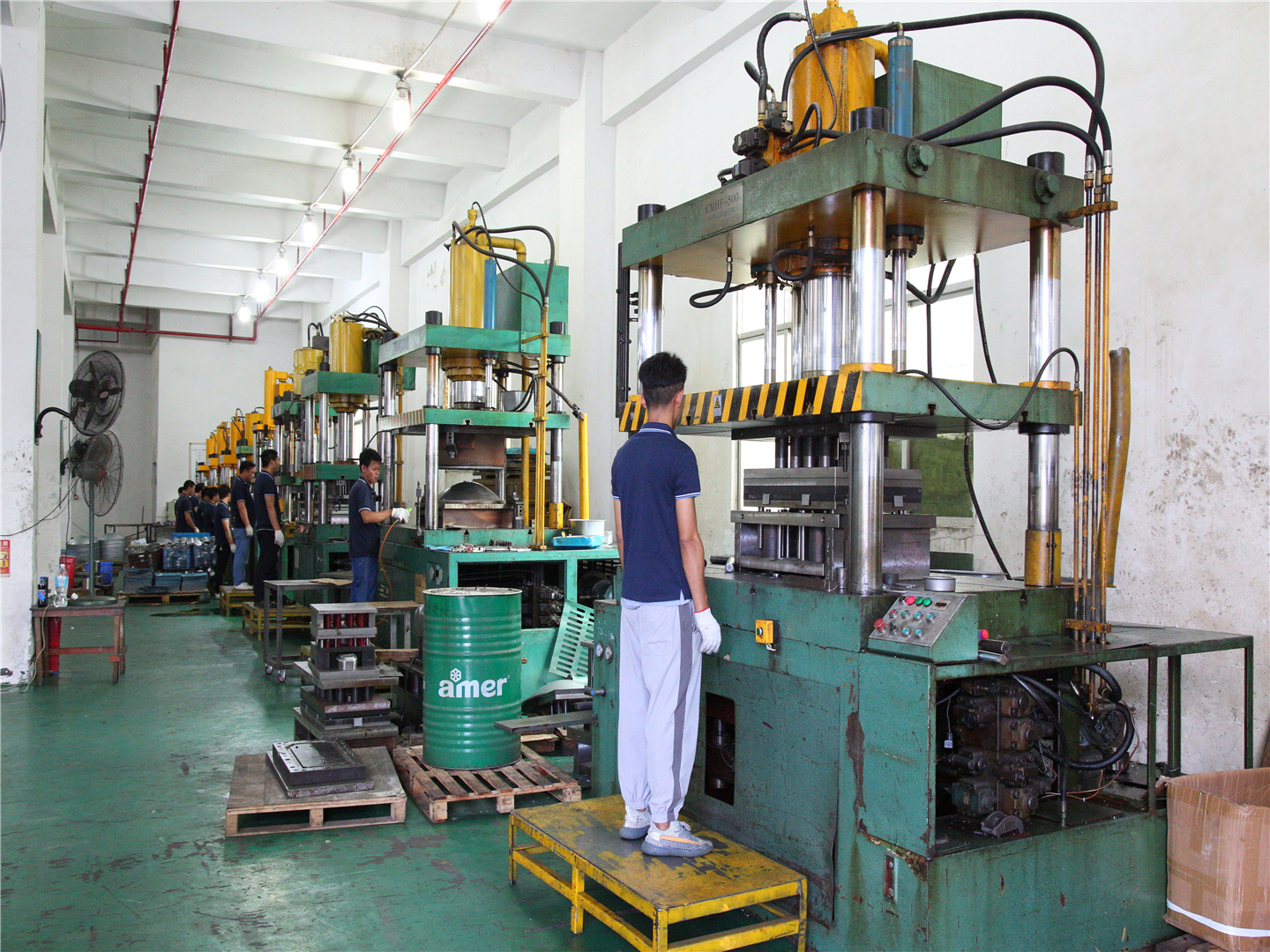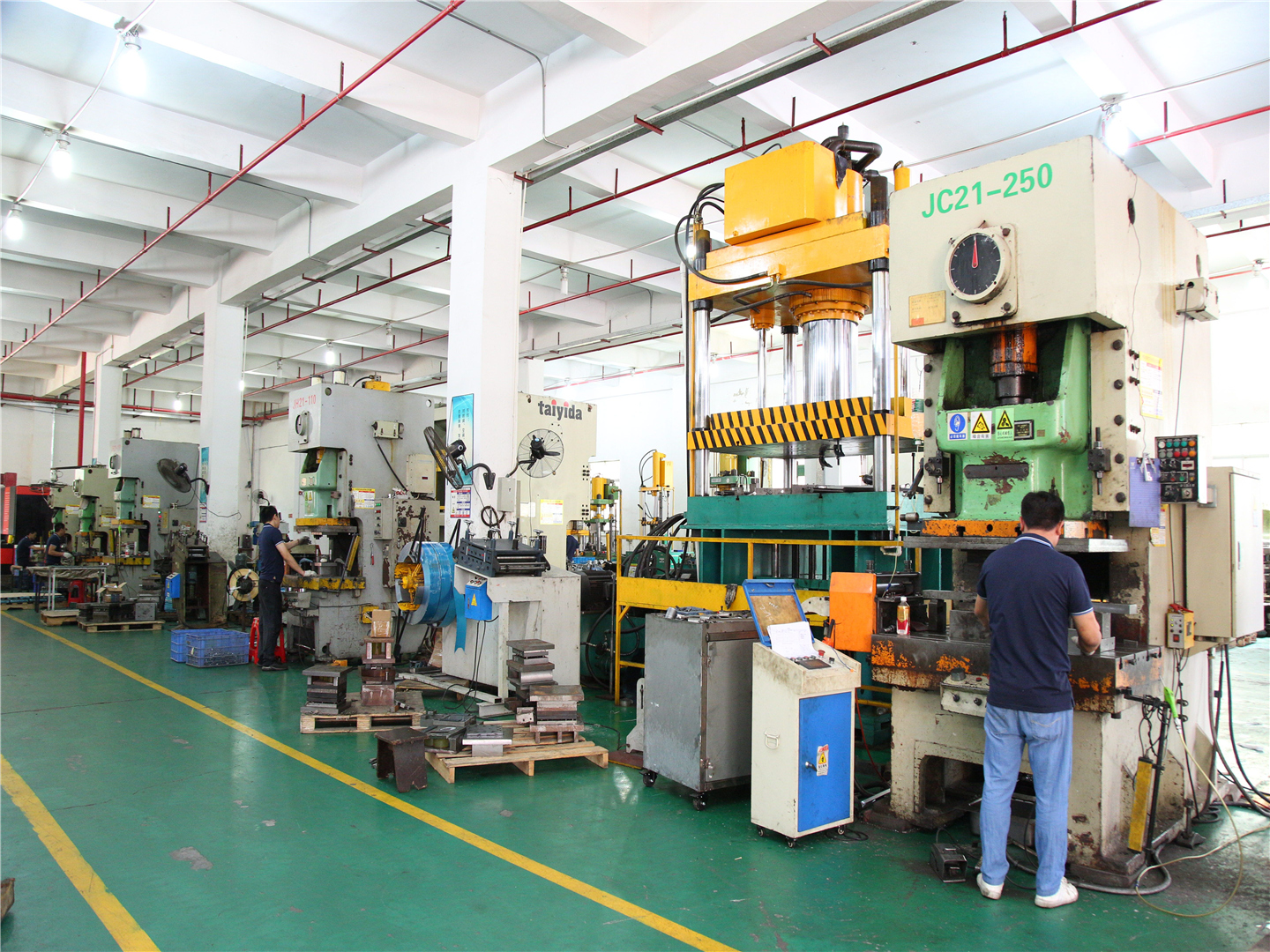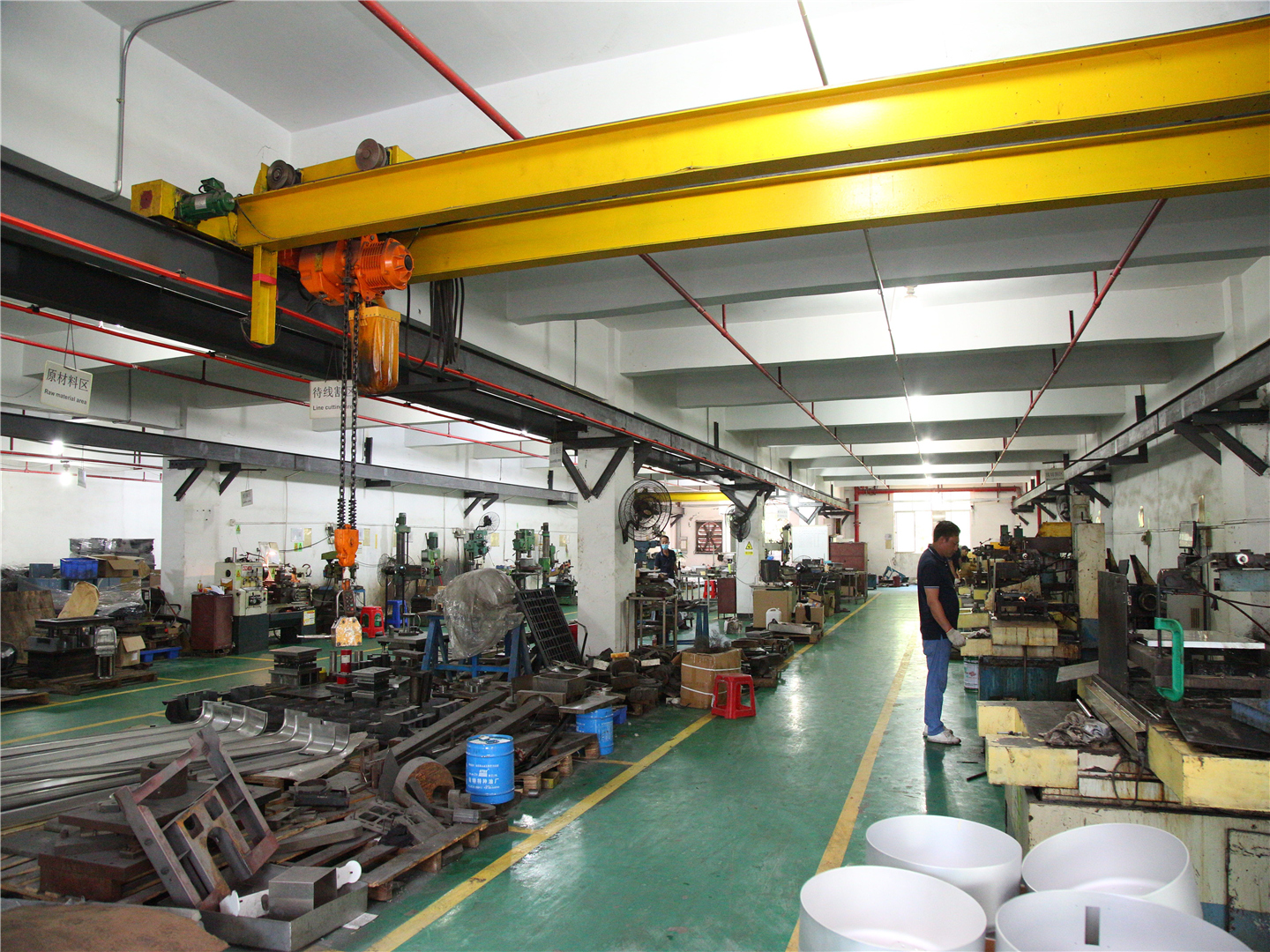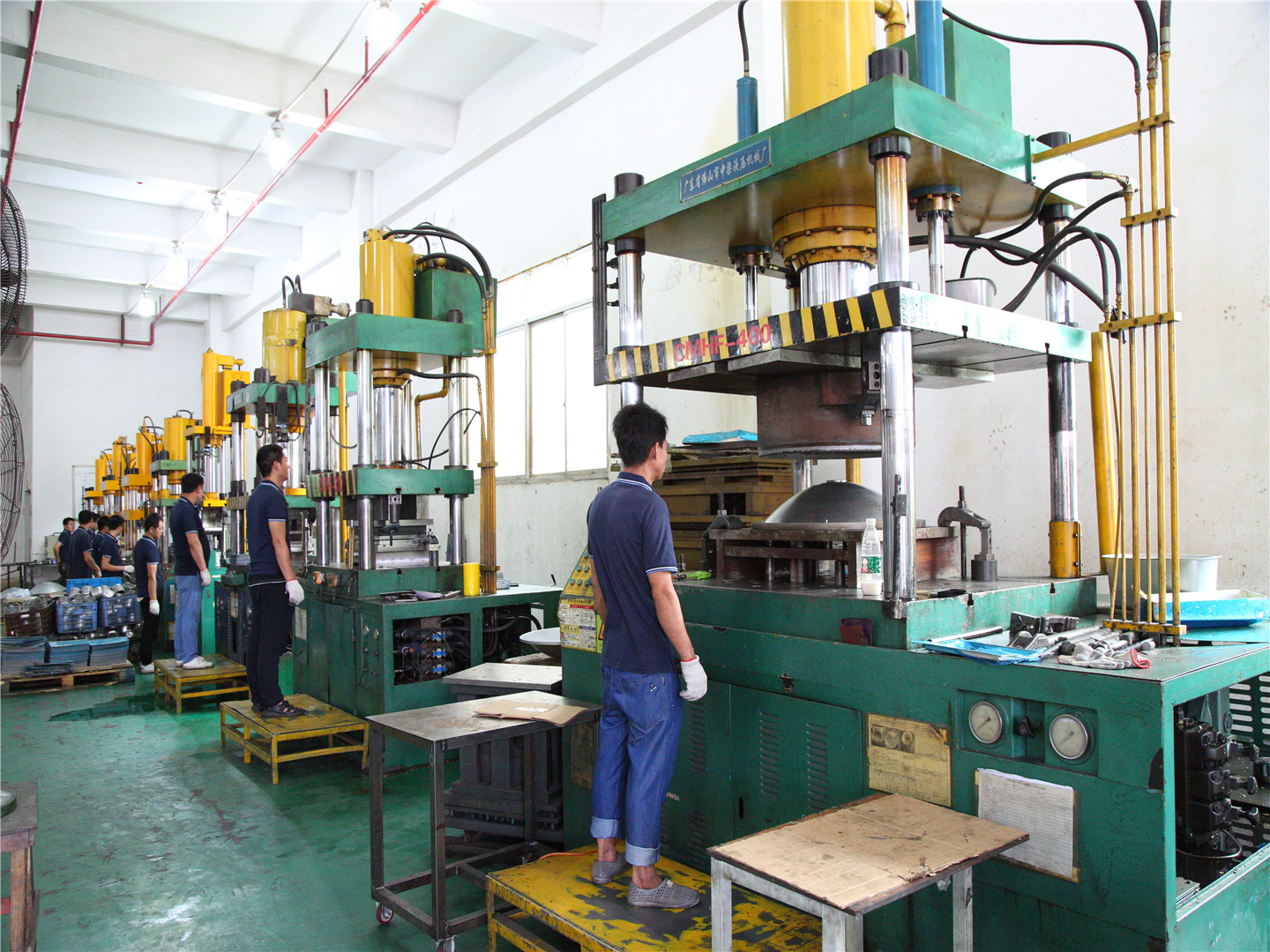Date: 2022-05-12 Edit: Pengfeng Precision Hardware Views: 1508
What should we know in advance about stainless steel stamping to avoid unnecessary issues?
When stamping stainless steel, we need to pay attention to the following:
Springback deformation: Stainless steel materials will exhibit springback after stretching. Due to the high hardness of stainless steel, the material rebound is relatively large. Therefore, when designing the forming mold, it is necessary to anticipate the rebound value of the material and minimize the size problems caused by material rebound.
Heat treatment: Many stainless steel stamping and stretching parts have high hardness requirements. However, the harder the material, the more difficult it is to stretch. Sometimes, it is necessary to perform heat treatment after forming to achieve the required hardness. However, the stamped parts are prone to deformation after heat treatment, so the deformation amount needs to be considered in mold design.
Tool selection: Stainless steel has high hardness, and the wear on the mold edge will be relatively significant. Therefore, when selecting tools, it is necessary to make suitable choices based on the hardness of stainless steel material.
Stamping oil selection: The selection of stamping oil must be cautious. Suitable stamping and stretching oils for stainless steel must contain sulfur-chlorine complex additives, which can prevent issues such as hardening, deformation, burrs, and cracking of the stamped parts. To ensure easy cleaning of stamped parts, a low-viscosity stamping and stretching oil can be used.
Other potential issues that may arise during stainless steel stamping include scratches on the surface, cracking of the stamped part, and feeding problems with the mold.
